Ghost stars: the cosmic enigma that astronomers have finally cracked
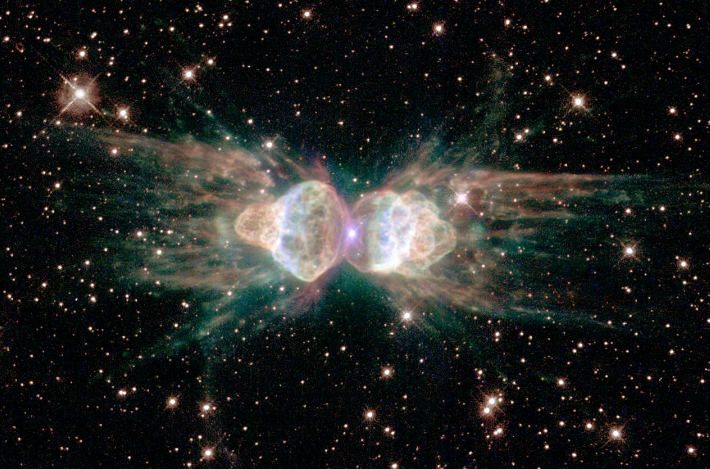
Hey, what’s up, space boys and girls! Today we have a super intriguing discovery involving ghost stars, cosmic alignments, and super genius astronomers! 🌟🚀A team of brainiac scientists from the Universities of Manchester and Hong Kong have been investigating planetary nebulae, which are like clouds of gas that stars expel at the end of their lives. Yes, like a last stellar gasp, just imagine, our stars will do that too in about 5 billion years from now, wow!
The thing is, these planetary nebulae are a bit of a mystery, and a decade ago, a Manchester PhD student named Bryan Rees found that many of them line up in a peculiar way in the sky, but no one knew why, it was a real cosmic puzzle. But hold on, the plot is getting interesting! Now, with the mighty Hubble Space Telescope and the Very Large Telescope in Chile, researchers have confirmed the alignment and found the culprit! And no, it wasn’t a rogue alien, but a group of binary stars hanging very close together in space.
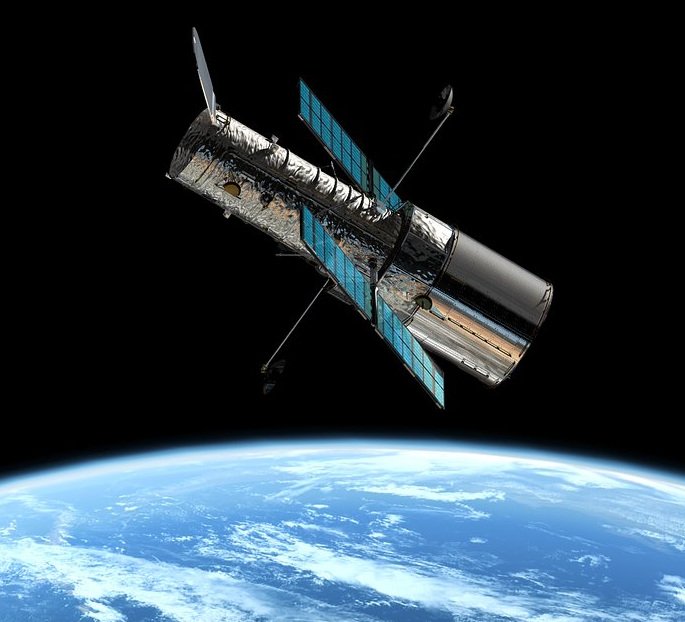
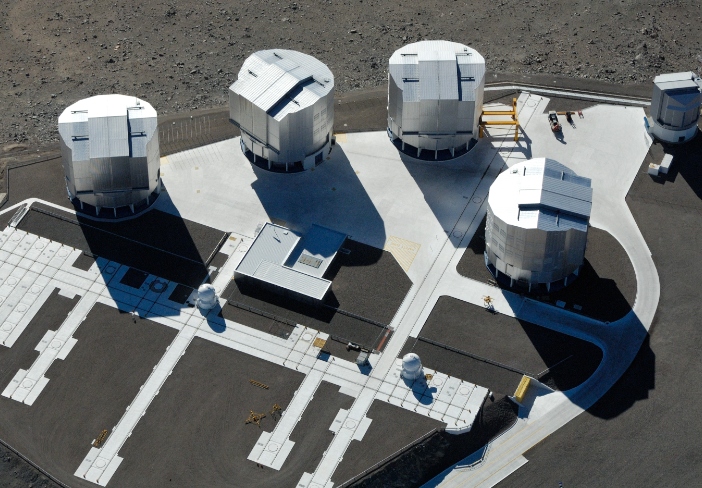
It’s like a space soap opera! It turns out that these binary stars are dancing in super-close orbits, closer than Mercury is to our beloved Sun. What a cosmic choreography! And it seems that this stellar dance is what causes the alignment of the planetary nebulae in our galaxy, how cunning are these stars! Not all nebulae are in this alignment party, only the ones with close companion stars, it’s like they have some kind of “stellar BFF” that makes them line up in single file in the galactic sky. But those nebulae without stellar friends do not align at all. What a space drama!
The researchers got serious and studied 136 planetary nebulae in the “Galactic Bulge” (the thickest place in our Milky Way, filled with stars, gas, and dust) with their eight-meter-diameter mega telescope. They also checked out 40 of them with the mighty Hubble Space Telescope, HD pictures guys! Professor Quentin Parker, one of the brains behind this discovery, suggests that nebulae may be formed by the fast-moving companion star. As if they were dancing galactic salsa! The companion star could even orbit inside the main star, what a crazy party!
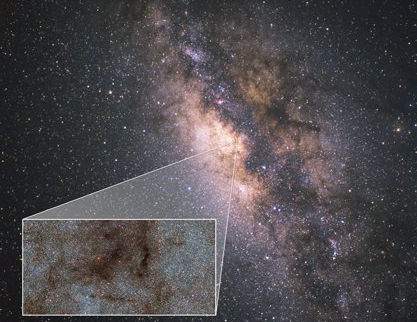
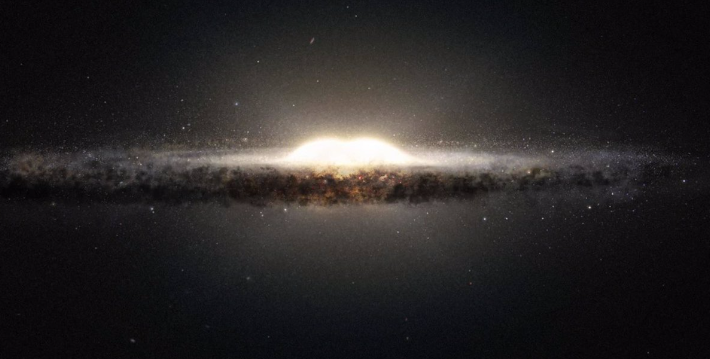
Although there are still many space mysteries to be solved, these findings are a giant step forward in understanding how stars form over billions of years and cosmic distances. So you know, curious boys and girls, the universe keeps revealing its most amazing secrets to us. Who knows what other wonders space has in store for us? Keep looking at the stars and dreaming big! See you in the next galactic adventure! 👩🚀🌌
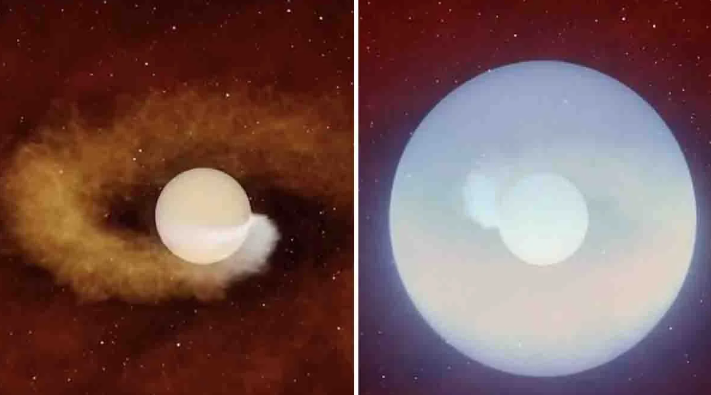
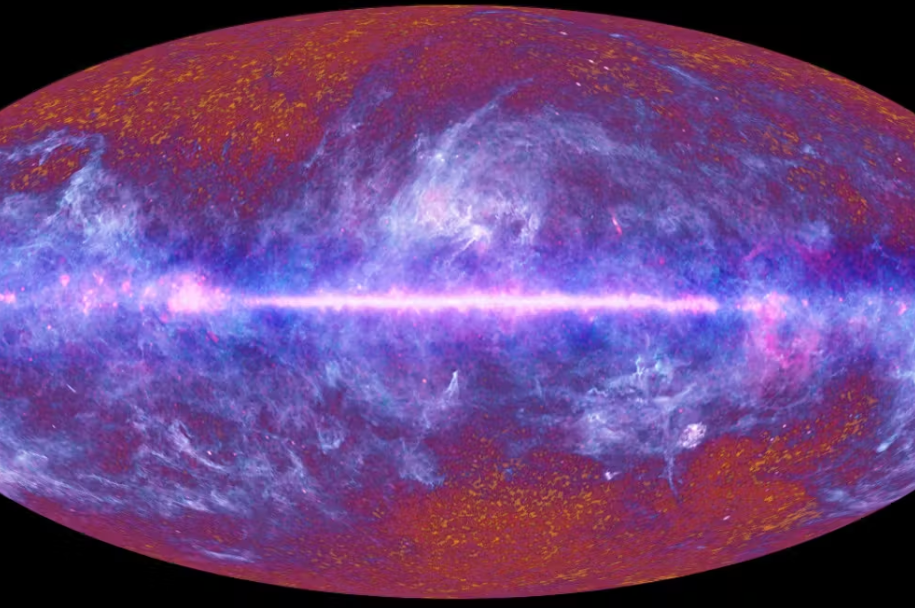
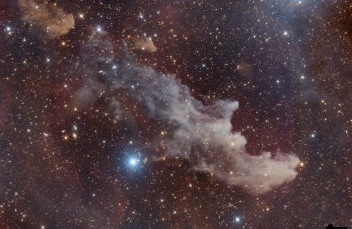
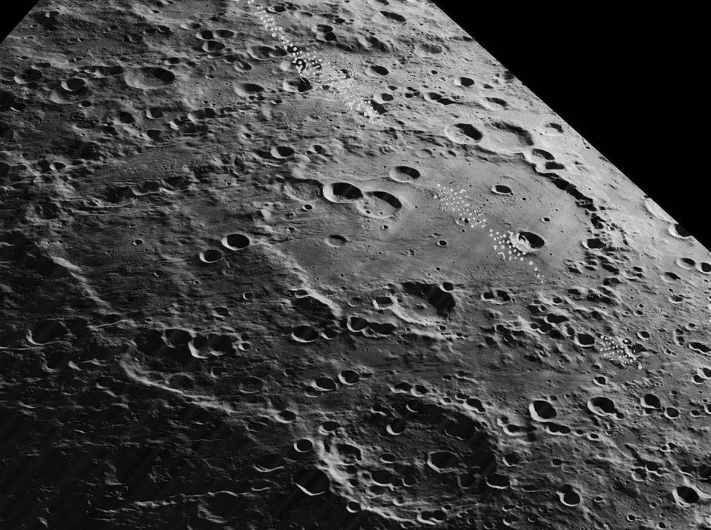
Responses